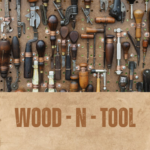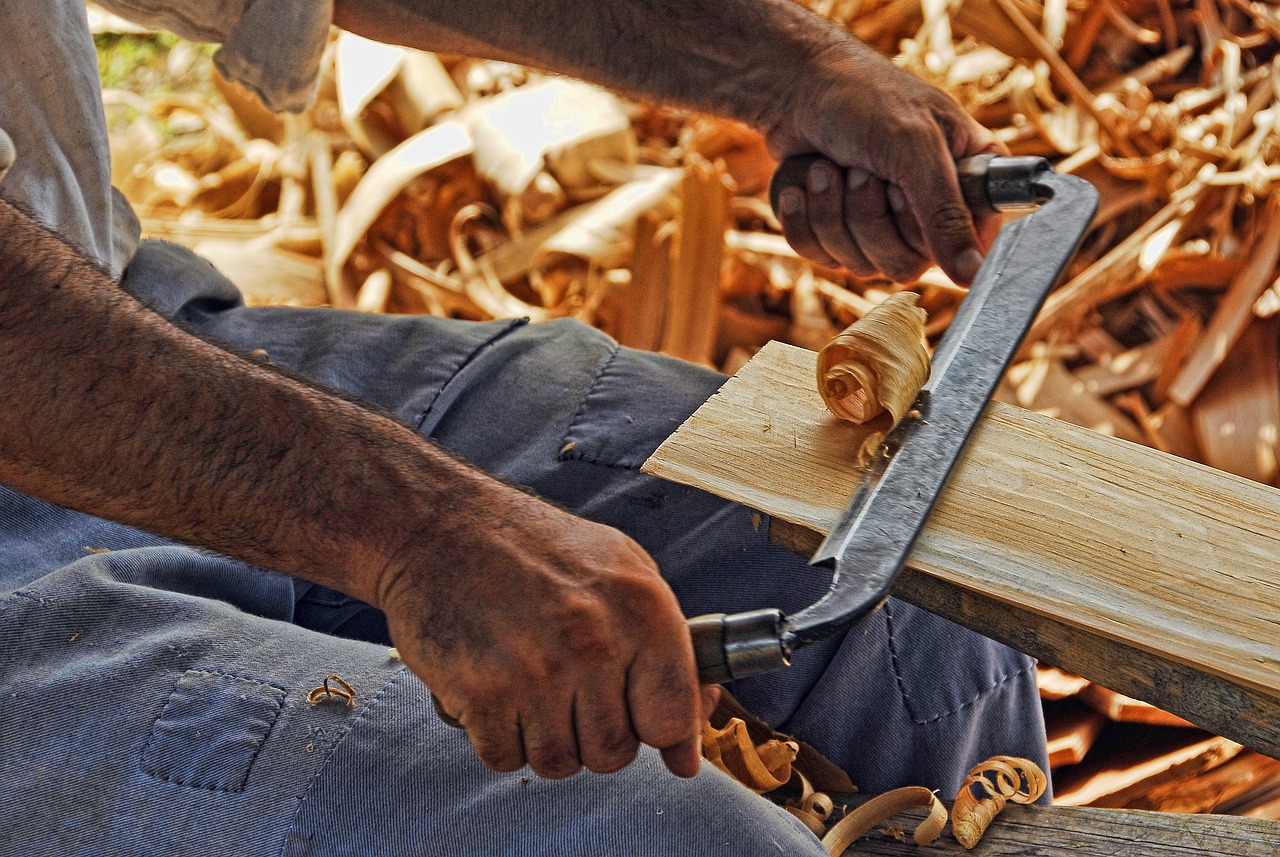To master hand tool proficiency in woodworking, here are some effective strategies you can employ:
1. Start with Essential Tools: Begin by acquiring and familiarizing yourself with a set of essential hand tools. These may include a hand plane, chisels, hand saws, coping saw, marking tools, mallet, and a set of sharpening stones. Invest in good quality tools that are suitable for your woodworking projects.
2. Learn Proper Tool Handling and Technique: Study and understand the proper handling and technique for each hand tool. Research books, online resources, or consider taking woodworking classes or workshops to learn from experienced woodworkers. Pay attention to hand placement, grip, body position, and the appropriate amount of pressure required for each tool.
3. Practice Tool Maintenance: Regularly maintain and sharpen your hand tools. Dull tools can be frustrating to use and can negatively impact your woodworking results. Learn how to sharpen and hone your tools using sharpening stones or other appropriate sharpening methods. Keeping your tools properly maintained will enhance their performance and your overall experience with them.
4. Start with Basic Projects: Begin your hand tool journey by working on simple projects that allow you to practice using different tools. This could include making small boxes, cutting joinery, shaping wood, or creating basic furniture components. As you gain confidence and proficiency, gradually move on to more complex projects that require advanced hand tool techniques.
5. Seek Hands-On Experience: Practice regularly and consistently with your hand tools. This hands-on experience is crucial for developing muscle memory, refining your technique, and gaining confidence. Work on a variety of wood species to experience different characteristics and challenges they present.
6. Learn from Masters: Study the work of skilled woodworkers who excel in hand tool usage. Watch videos, read books, or attend demonstrations to observe their techniques and learn from their expertise. Take note of their body mechanics, approach to different tasks, and their overall mastery of hand tools.
7. Embrace Trial and Error: Learning hand tool proficiency involves trial and error. Don’t be discouraged by mistakes or imperfect results. Instead, view them as learning opportunities and avenues for improvement. Analyze your work, seek feedback from experienced woodworkers, and make adjustments accordingly.
8. Join Woodworking Communities: Engage with woodworking communities, both online and offline. Participate in forums, social media groups, or local woodworking clubs where you can connect with other enthusiasts. Sharing your progress, asking questions, and receiving feedback from fellow woodworkers can accelerate your learning and provide valuable insights.
Remember, mastering hand tools takes time and practice. Be patient, persistent, and focus on honing your skills. As you become more proficient with hand tools, you’ll develop a deeper appreciation for their precision and the unique satisfaction they bring to your woodworking projects.

